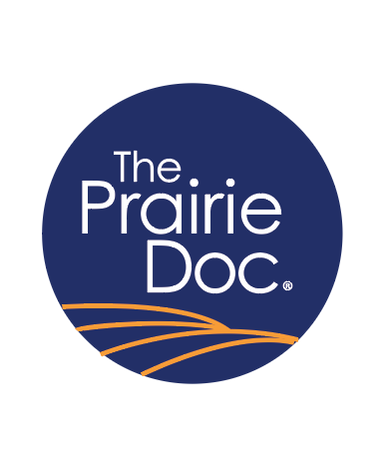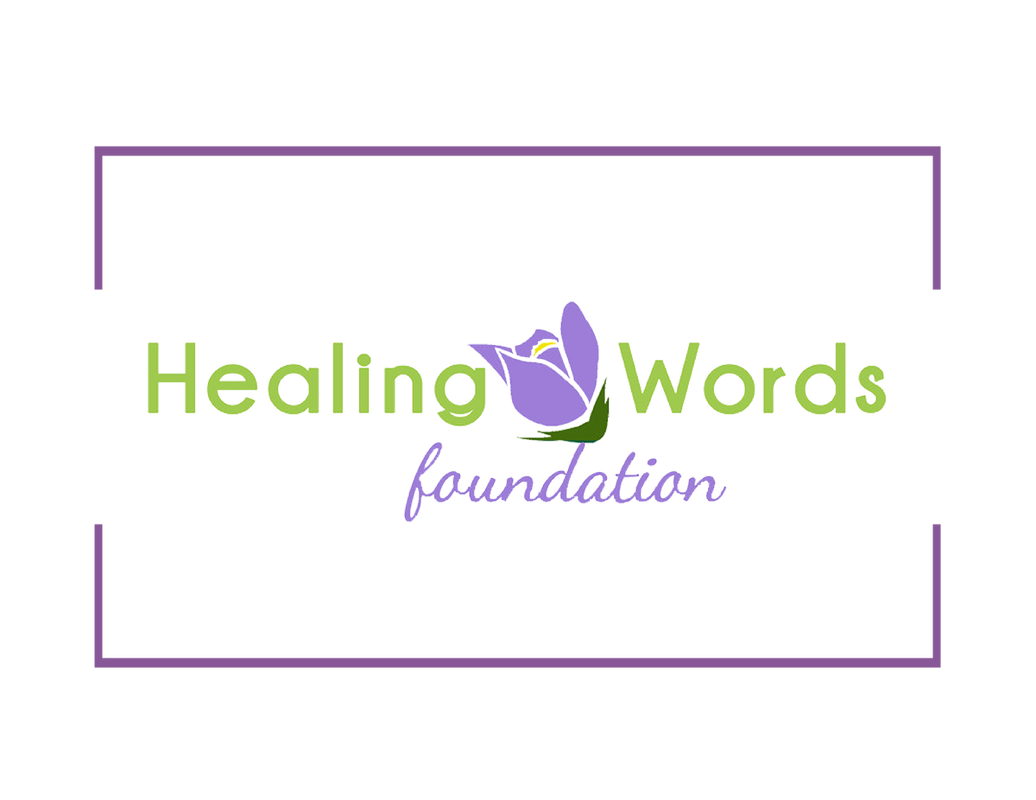|
By Richard P. Holm, MD
Despite the man's caring conversation, I heard very little of it because his large, rosy, bulbous, and bumpy nose had stolen my attention. Years later, when I met him again, he looked like a different man. The rosacea and rhinophyma skin condition, which had made his face so red and nose so massive, was calmed down with medication, and the excessive growth of skin over the nose had been trimmed away by laser scalpel. This time my eyes were no longer drawn to that globular and swollen proboscis and instead were charmed by his kind and wizened eyes. Acne rosacea, or more commonly called just rosacea, affects 14 million people in the U.S., or five percent of the population, and is sometimes said to be an adult version of acne vulgaris. We see rosacea more often in 30 to 50-year-old women, and it can flair as menopause approaches. When it does affect men, it can be severe, and in a percentage of cases, rosacea can cause an ever-growing piling up of skin over the nose, called rhinophyma. Rosacea usually targets fair-skinned, freckle-faced, blond or redheaded, blue-eyed people who flush easily. It seems triggered by sun exposure, hot drinks, hot baths and showers, hot spicy foods, stress, exercise, and steroid medications. Of course, one way to prevent rosacea is to try to avoid such triggers. Acne vulgaris, or more commonly called just acne, is similar to rosacea, and seems also related to hormonal swings. Acne affects about 85% of all U.S. adolescents and, more often than rosacea, causes whiteheads and blackheads. Adolescents living in western modernized civilizations struggle with acne, however it rarely affects anyone living in non-industrialized societies. This has led some experts to believe acne and rosacea might be made worse by soap, excessive cleanliness, antibiotic use, and anything that alters the normal-flora living on our skin, which protects us from invasive bacteria. It’s like how grass on a lawn protects against weeds. The two conditions of rosacea and acne have common methods of treatment. Over-the-counter lotions like benzoyl peroxide, prescription antibiotics, and Vitamin A, each in lotion and pill form, are still the mainstay of therapy. In contrast, recently there is a trend to move toward supporting one’s normal flora, avoiding antibiotics, cleansing agents, or oil removing methods, and even trying probiotics. This is all in an effort to re-establish a lawn of protection to fight the invasion of weeds. Treatment is effective in most people, but not all. So if you don’t find relief with typical treatments, or your nose starts growing, it’s time to see your doctor and/or the dermatologist. Comments are closed.
|
Archives
July 2024
Categories |
 RSS Feed
RSS Feed


